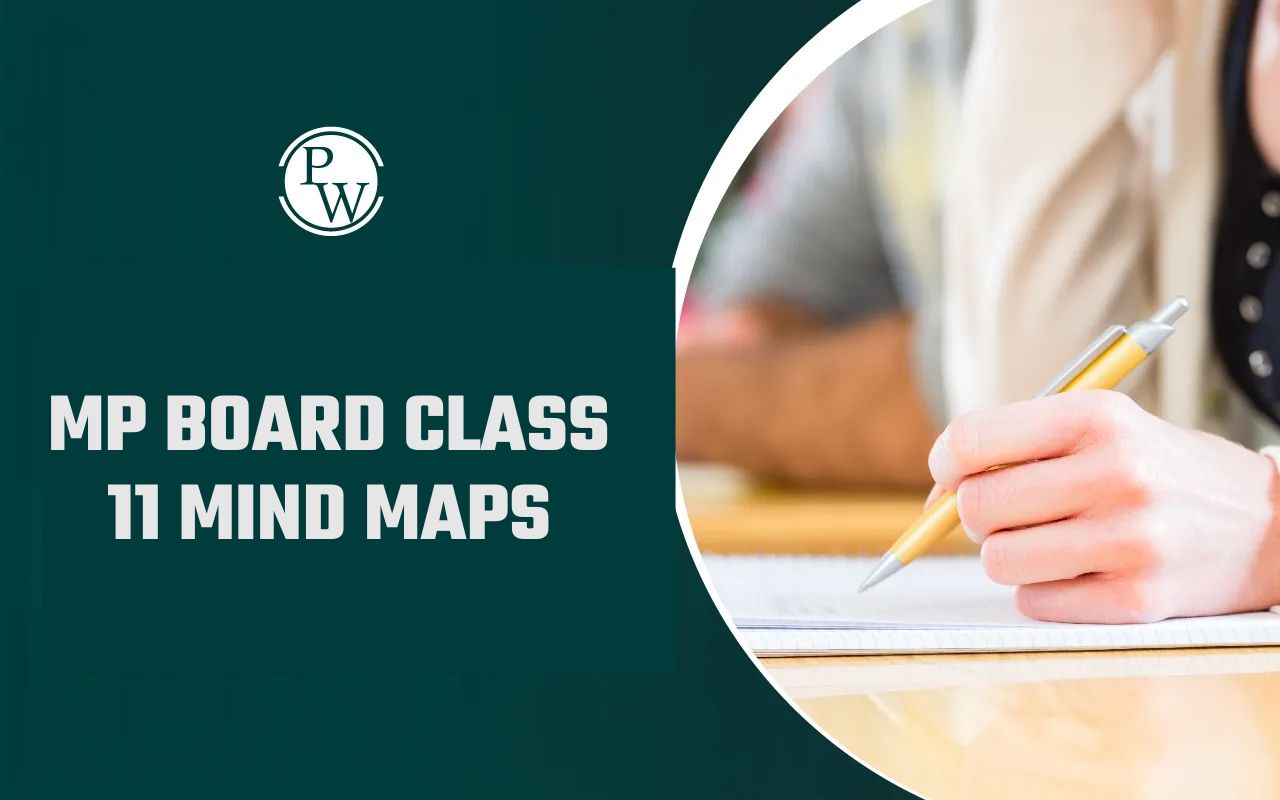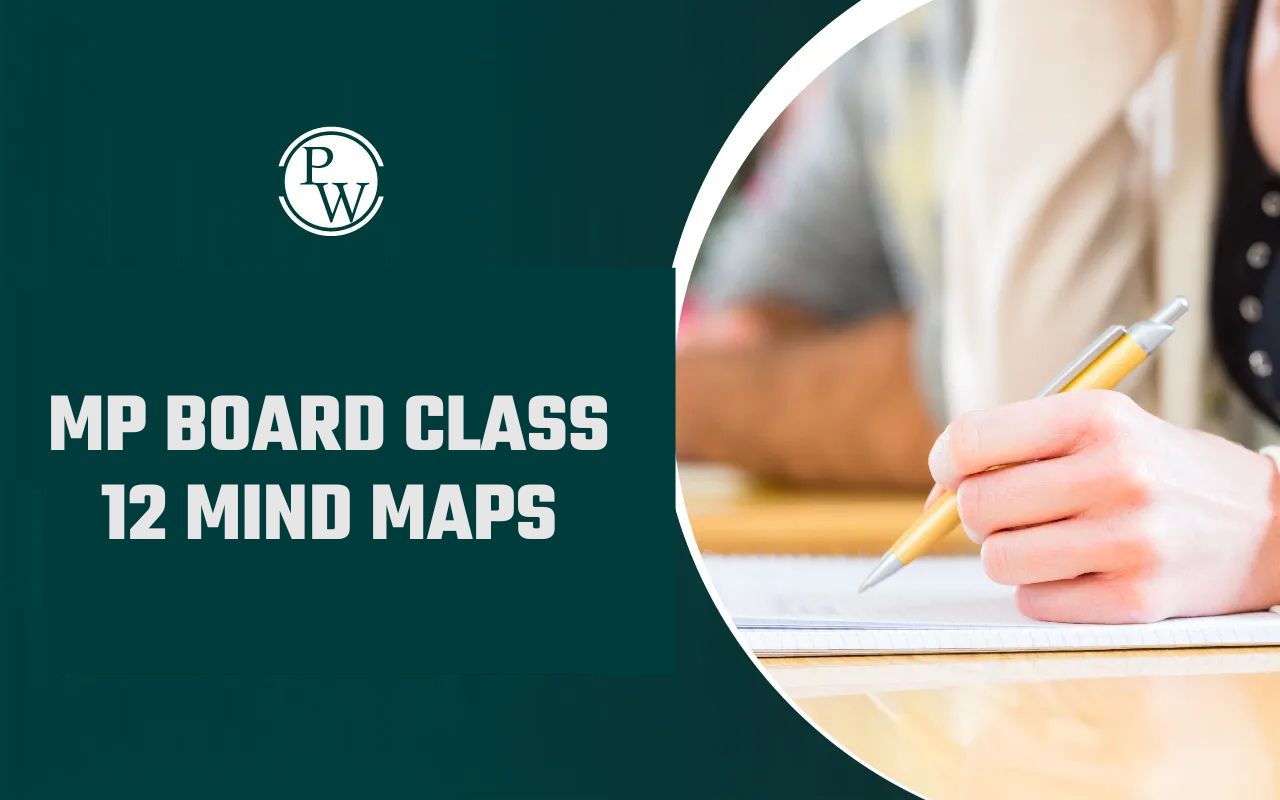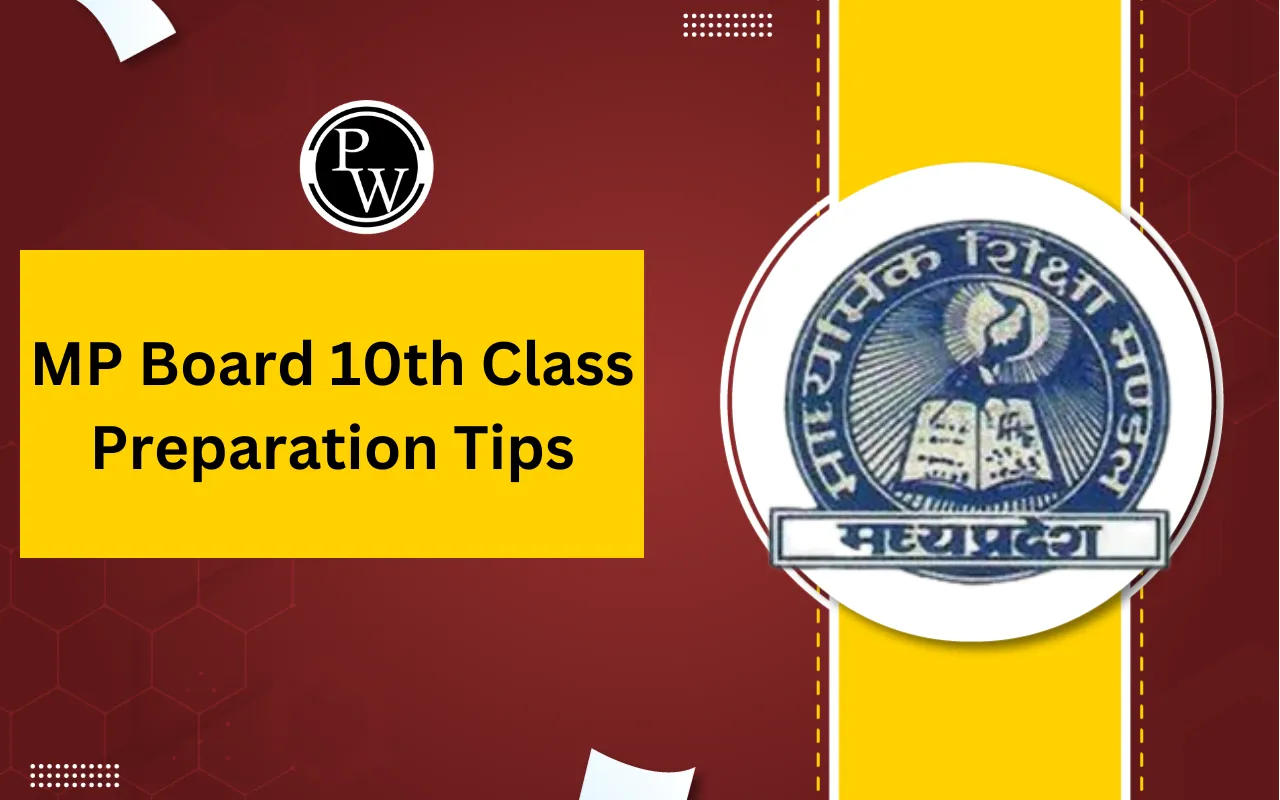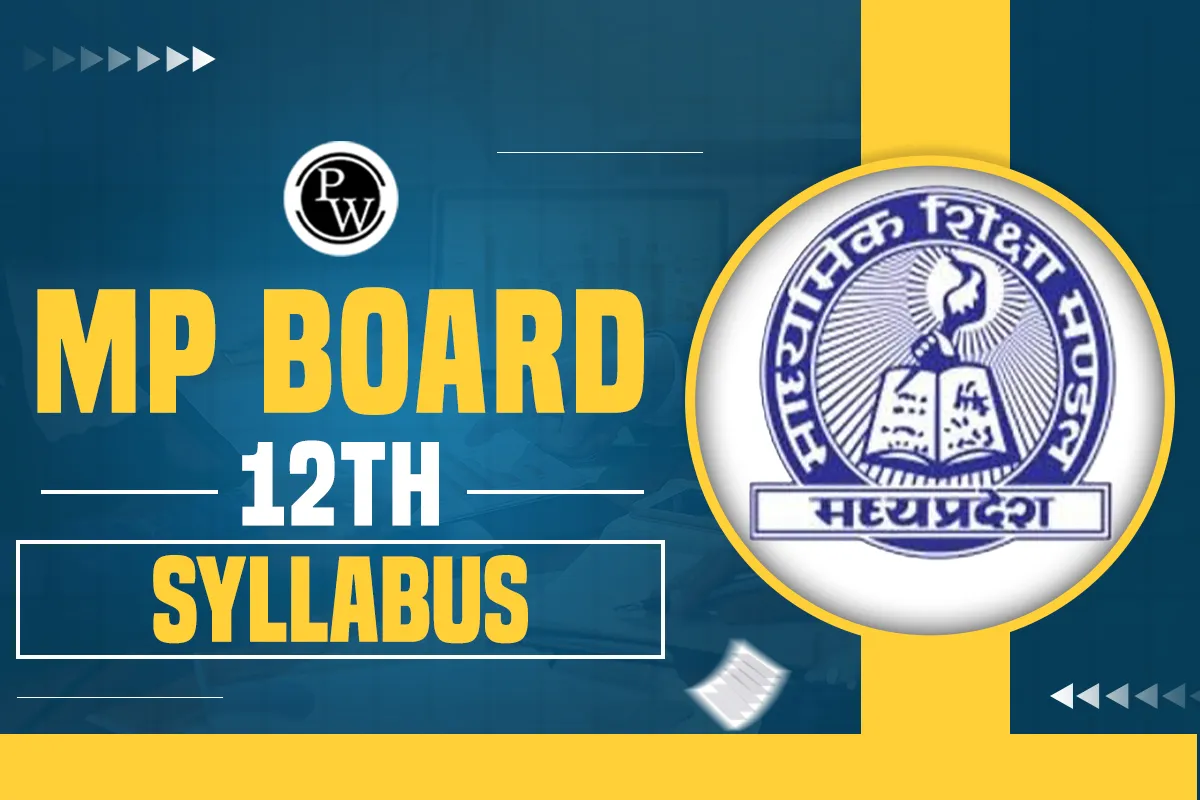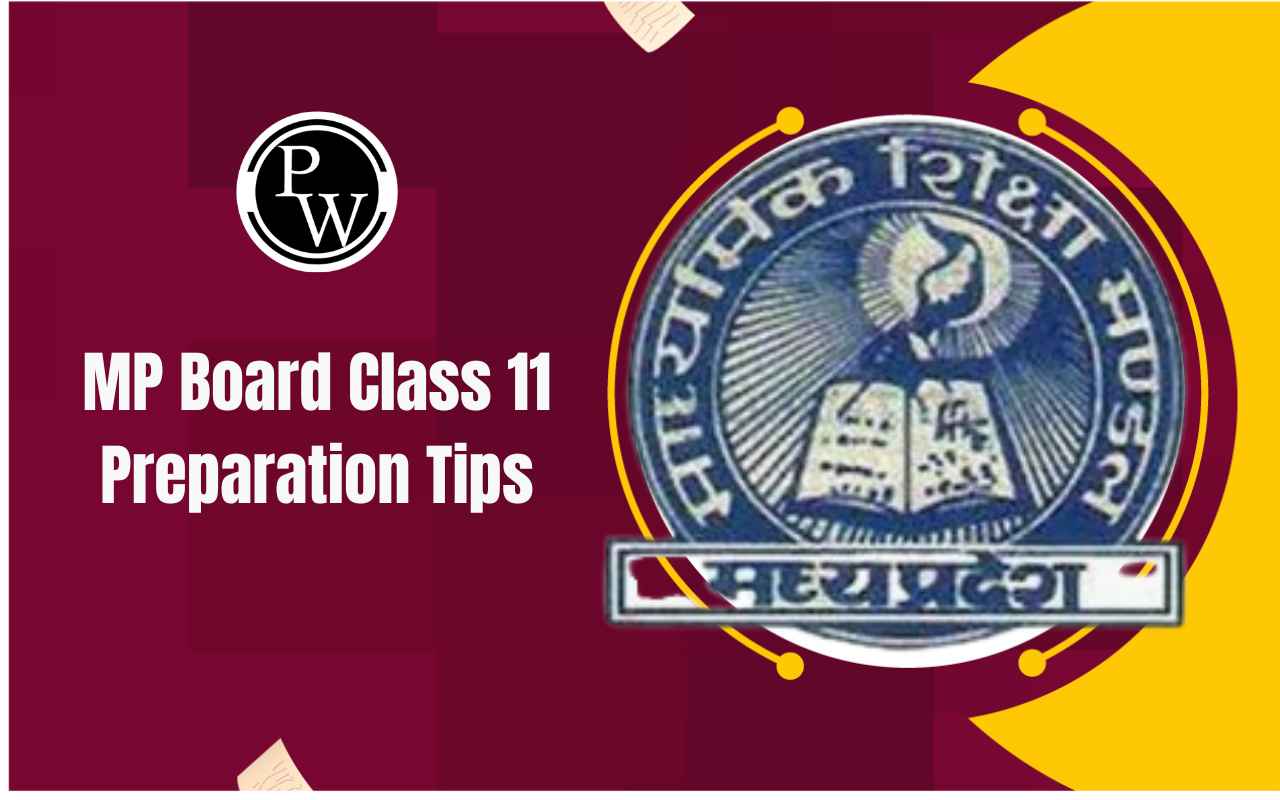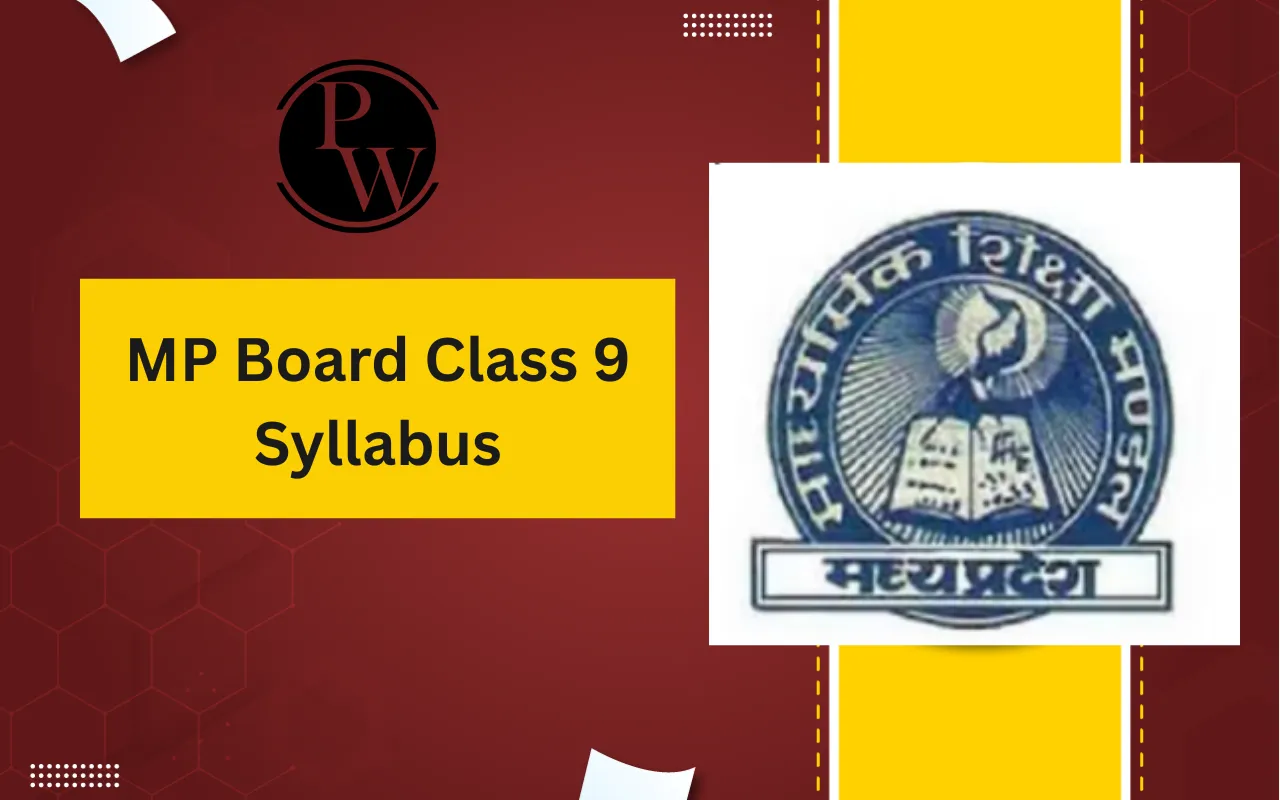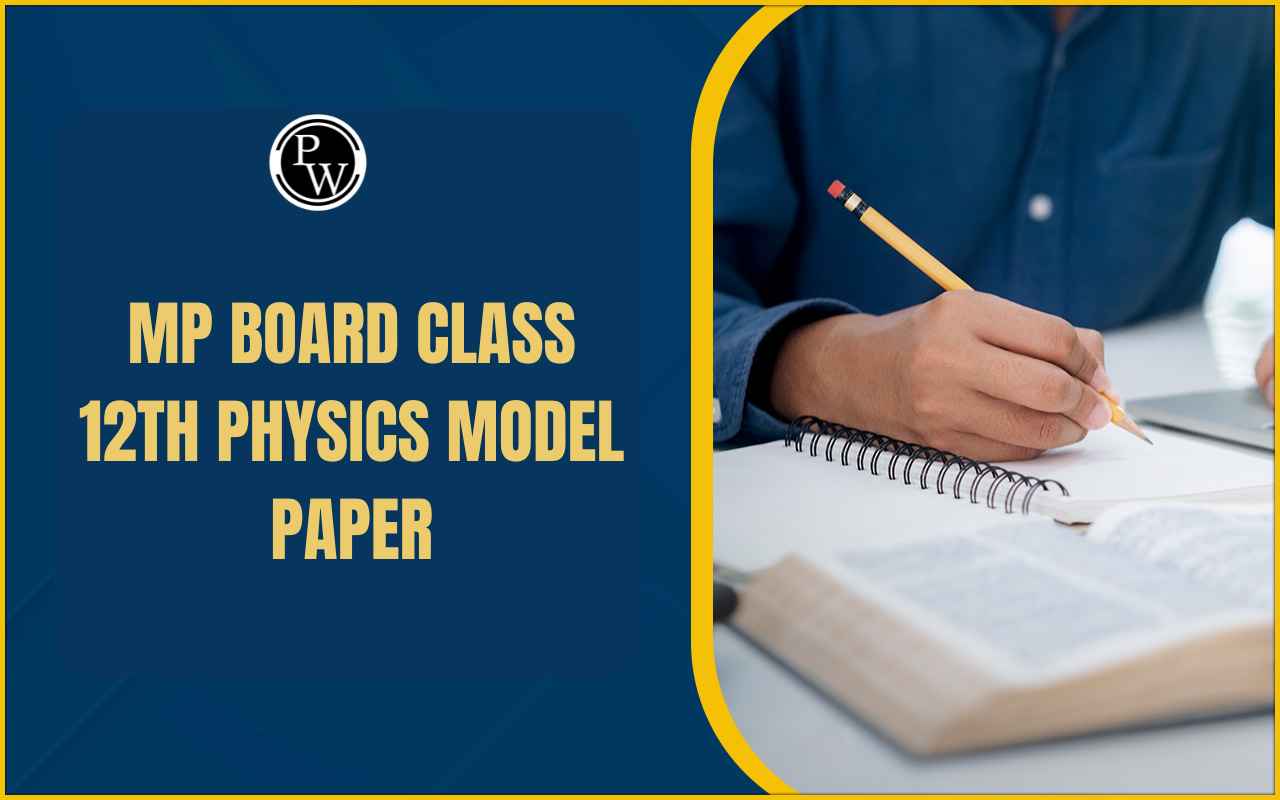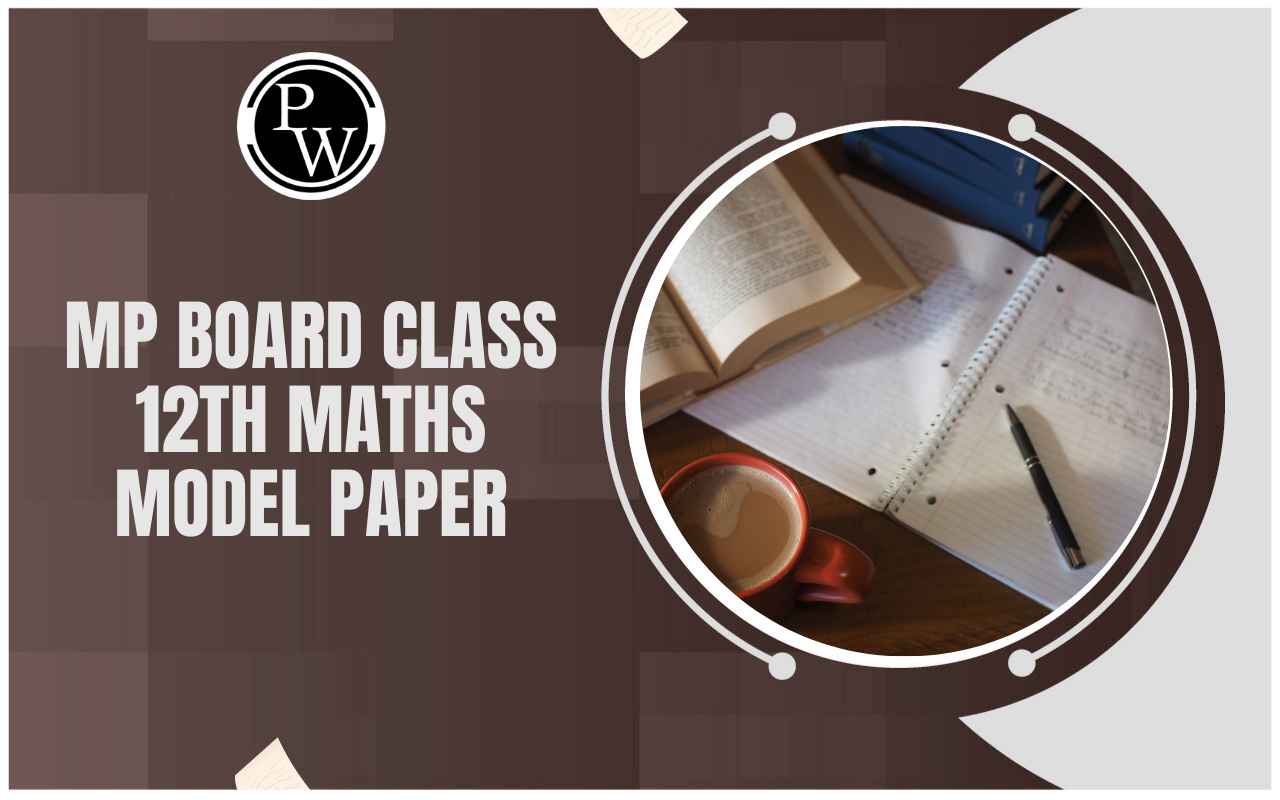
MP Board Class 11 Chemistry Mind Maps: Preparing for Class 11 Chemistry in the MP Board syllabus requires students to combine theoretical concepts, formulas, and reactions spread across physical, inorganic, and organic chemistry.
Mind maps are visual learning tools that organize an entire chapter into a single diagram. They help you see connections between topics, remember key facts faster, and revise entire chapters in minutes. These mind maps are useful for both school exams and laying a strong foundation for competitive exams like NEET and JEE.
MP Board Class 11 Chemistry Mind Maps Overview
MP Board Class 11 Chemistry Mind Maps cover the complete syllabus, condensing each chapter into a clear, easy-to-recall format. These mind maps cover all the chapters, highlighting important definitions, formulas, and reactions.
|
MP Board Class 11 Chemistry Mind Maps Overview |
|
|
Particulars |
Details |
|
Board Name |
Madhya Pradesh Board of Secondary Education (MPBSE) |
|
Class |
11 |
|
Subject |
Chemistry |
|
Academic Session |
2025–26 |
|
Resource Type |
Mind Maps |
|
Coverage |
Entire syllabus with important definitions, formulas, and reactions |
Topic-Wise MP Board Class 11 Chemistry Mind Maps PDF
Below is the chapter-wise list of mind maps available for the MP Board Class 11 Chemistry syllabus, along with the download link for important topics:
|
MP Board Class 11 Chemistry Mind Maps PDF Topic-Wise |
|
|
Topic Name |
Download Link |
|
Some Basic Concepts of Chemistry |
|
|
Structure of Atom |
|
|
Classification of Elements and Periodicity in Properties |
|
|
Chemical Bonding |
|
|
States of Matter |
|
|
Thermodynamics |
|
|
Chemical Equilibrium |
|
|
Ionic Equilibrium |
|
|
Redox Reactions |
|
|
Hydrogen |
|
|
s-Block Elements |
|
|
p-Block Elements |
|
|
Constitutional Isomerism |
|
|
Stereoisomerism |
|
|
Alkenes |
|
|
Alkynes (Non-Terminal) |
|
|
Alkynes (Terminal) |
|
|
Electrophilic Aromatic Substitution |
|
|
Purification of Organic Compound |
|
|
Qualitative and Quantitative Analysis of Organic Compound |
|
|
Environmental Chemistry |
|
Benefits of Using MP Board Class 11 Chemistry Mind Maps
Mind maps are useful for revision and learning. Here’s why students should use MP Board Class 11 Chemistry Mind Maps:
-
The combination of keywords, diagrams, and visual structure stimulates both sides of the brain. This makes it easier to remember large amounts of information, especially for fact-heavy chapters like Some Basic Concepts of Chemistry.
-
Subjects like the mind map of chemical bonding class 11 can be difficult to visualize in text form. Mind maps break down bonding types, molecular shapes, and exceptions into easy-to-read diagrams.
-
Instead of reading 20–30 pages of notes, a single mind map can summarize the entire chapter. This is especially useful during last-minute preparation.
-
A clear mental map of the topic helps you recall answers faster and with more accuracy. This reduces exam stress and improves your ability to handle both theory and MCQ-based questions.
-
Mind maps naturally push you to connect related concepts rather than just memorize facts. This understanding helps in both school assessments and entrance exams like NEET or JEE.
How to Use Class 11 Chemistry Mind Maps Effectively?
To make use of MP Board Class 11 Chemistry Mind Maps, students must follow these practical tips:
-
Before diving into your textbook, review the mind map of the chapter. This gives you an overall framework of the topic, making it easier to connect details later when you study in-depth
-
As you study, use a highlighter or colored pen to mark the parts of the mind map you find tricky. This creates a visual alert, so when you come back for revision, your focus is instantly drawn to challenging areas.
-
A day before the exam, avoid reading lengthy notes. Instead, go through the mind maps to refresh important formulas, diagrams, and definitions in a fraction of the time.
-
After reviewing a mind map, immediately solve questions related to that topic. This ensures that you apply it to real problems.
-
Cover a section of the mind map with your hand or a sheet of paper, then try to recall what’s hidden. This active recall method improves memory retention and highlights weak spots in your preparation.
MP Board Class 11 Chemistry Mind Maps FAQs
What are MP Board Class 11 Chemistry Mind Maps?
How can mind maps help in studying Class 11 Chemistry?
Where can I find the mind map of chemical bonding for Class 11?
What topics are covered in MP Board Class 11 Chemistry Mind Maps?
Are mind maps useful for last-minute exam revision?

